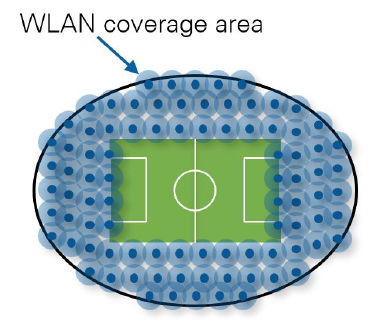
In 2015 the iconic car manufacturer, Ferrari, released a new version of its entry-level model: the Ferrari California T. This sleek sports car has a 3.9 liter turbocharged V8 engine capable of generating more than 412 KW (553 Horsepower), good for smashing zero to 100 Km/h (0 to 62 mph) in 3.6 seconds. Keeping the foot on the accelerator will propel this engineering marvel to its top speed of 315 Km/h (196 mph). [1]
The Ferrari designers considered many details of the engine, body and interior to make this vehicle a daily driver, while delivering the most precise handling, fluid motion, and performance at breakneck speeds. That kind of design would certainly make for an exhilarating – though significantly shorter – daily commute to the office. However, what good would that red Ferrari convertible be on the heavily congested streets of a large metropolitan area, with mostly stop-and-go traffic?
Today many people find themselves in that kind of situation. Perhaps not as privileged to be driving an Italian sports car, but able to enjoy blazing fast wireless connectivity links. Consider that the first 802.11b Wi-Fi standard (1999), had a top link speed of 11 Mbps. A good first step, but significantly slower than a wired connection. Then a few years later the 802.11a/g revision (2003) increased the speed to 54 Mbps with the introduction of Orthogonal Frequency Division Multiplexing (OFDM) technology.
Advertisement
Learn more about National Instruments





